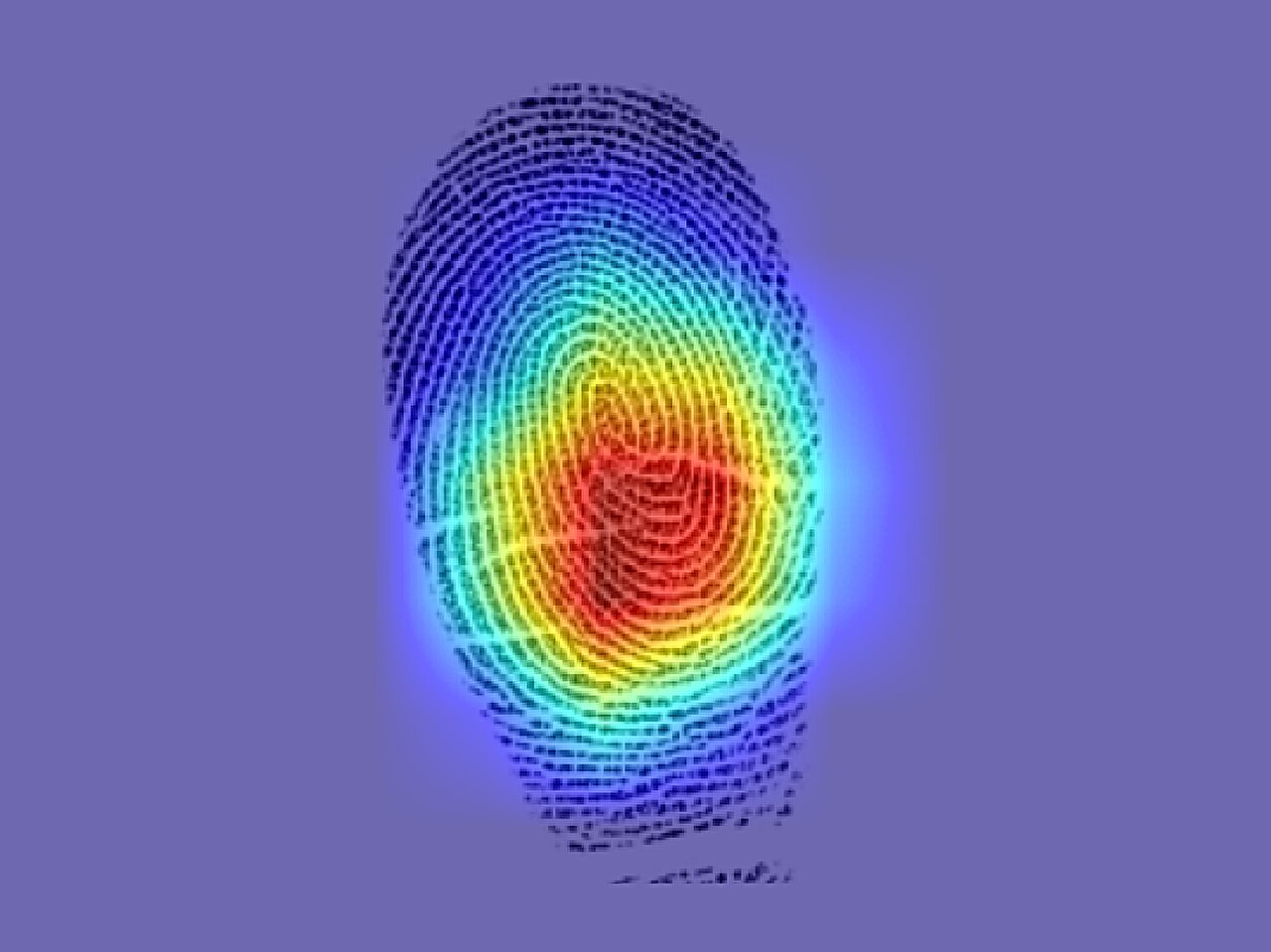- cross-posted to:
- becomeme@sh.itjust.works
- cross-posted to:
- becomeme@sh.itjust.works
I always assumed it was a bit like SHA hashing. Yes, collisions are theoretically possible. But they’re so unlikely that it can be used as a unique identifier for most purposes.
That is not at all what this article is about. The headline is terrible.
The research is suggesting that there may exist “per-person” fingerprint markers, whereas right now we only use “per-finger” markers. It’s suggesting that they could look at two different fingers, (left index and right pinky, for example) and say “these two fingerprints are from the same person”.
When they say “not unique”, they mean “there appear to be markers common to all fingerprints of the same person”
The truth is more interesting than the headline
Precisely. We’ve always known that identical fingerprints are not just possible but more common than the regular folk would imagine. The point is that the statistical probability of two individuals being in the same room at the same time and related to the same crime with the exact same fingerprints are so low as to make fingerprint ID good enough.
Multiply that by fingerprint evidence being often partial and damaged and how few shits the penal bureaucracy gives about people they’ve already decided are guilty
Excepting of course identical twinsEdit: apparently I was wrong
They tend to have different fingerprints for the same reasons they will have differing birthmarks.
Identical twins do not have identical fingerprints, because fingerprints are not only genetic. They might be close or somewhat similar, but rarely identical. They can be distinguished as different individuals by regular pedestrian forensic techniques.
deleted by creator
Imaging explaining to a jury:
A statistical model says that there is a 99% chance these two finger prints belong to the same person. We don’t know how this model works and it was not programmed by a human. We will be taking no further questions.
The jury: sounds like magic to me! Sounds good!
If we rig the jury to all be Silicon Valley investors and CEOs, you just have to say “AI” and you’ll win the case.
Removed by mod
They do know how it works: it detected a pattern in the difference between fingers and checks that.
Also this would usually not be needed explained to a jury. If they have the suspect in custody they can just check their fingerprints directly.
That’s again 2 fingerprints to compare: one from the crime scene, and one from the suspect.
Yeah but comparing a fingerprint to a finger is a simpler test than comparing a fingerprint to another fingerprint and checking if they may be two fingers from the same person.
You could hypothetically show the jury literally ALL of the math!
This is my biggest issue with AI. ChatGPT is a nice party trick, but how do you ensure the results are correct?
I used to hate having to show my work when I was younger. But as I have gotten older, I realized the result isn’t as important as how you got there.
yeah, what a feat
Yeah, “discovers”… what we’ve known for a long time. But buzzword in the title = clicks (& thus money from ads on the page) so there’s that.
They have a specific result though, which is that fingerprints from different fingers of the same person tend to be recognizable as coming from the same person, just from their characteristics. Was that also known for a long time?
Yes, it has been know since forever. It’s not like every finger is a different being. There are three well known chemicals related to the creation of fingerprints patterns. We have sequenced the RNA responsible for determining both the timing and concentrations of these three chemicals. We know thus that people’s fingerprints all have certain commonalities that can be used to identify that two, different, fingerprints came from the same person. It has been used by police forces for at least a decade now.
If you read about Turing patterns you’ll learn more and be already way ahead of these dude’s research. They are trying to parade undergrad knowledge under the AI umbrella. Maybe if they knew a thing or two about forensics they would’ve made a better contribution to science.
The article makes a big point about how this result is not common knowledge and not the commonly accepted viewpoint. To the extent that their paper was rejected for it. Are you saying they made that up?
I haven’t read their paper but… the idea that vaccines can prevent against diseases without harmful side effects is also “not common knowledge” fwiw (the level of basic science literacy in most of the Western world is abysmal), and if reviewers rejected the paper then there is a good chance that there is a reason for that.
If you are interested in this topic, here is an excellent (imho) summary video from 6 years ago, which around 9:30 talks about this identical topic. Enjoy! :-) Beware though, from someone who has been down that road: it will make you sad, and the more you learn along these lines, the less hope it will leave you that anything will ever be okay again:-(. I cannot emphasize this enough: I am nowhere close to kidding here.
Good bot.
Although that link spins forever for me.:-(
They copy pasted the Columbia University press release word for word. Which is unfortunately way too common on science journalism. The article just repeats the researchers claims which may or may not hold water. Their main claim that they proved that inter fingerprints aren’t unique is just semantic manipulation. That’s probably what irked reviewers. Their research doesn’t support their claims. At best, they’re proposing a mediocre application of AI to detect markers that were already known about.
That makes a lot of sense. It’s way too easy to spread BS the way that science journalism works.
Congratulations to AI researchers for figuring something we knew pretty much since the first proposal of fingerprinting as a bio ID tech. We know that fingerprints aren’t unique. That’s why they’re being rejected everywhere. They don’t know what they’re talking about and refuse to work out how their research fits into established forensics knowledge. They have no prior knowledge about forensics and insist on overturning decades of forensic knowledge with “I don’t know, something with the curvatures of the lines inside the fingerprints, I guess. We don’t actually know what the AI model is doing.”
The title of the article is so misleading it’s pretty much wrong.
If you read the article, what the researchers did was train an AI model that appears to be able to associate different fingerprints of the SAME person.
Example:Assume your finger prints are not on record. You do a crime and you accidentally leave a fingerprint of your left index finger at the scene.
THEN you do another crime and leave your RIGHT MIDDLE finger print at the scene.
The premise is that the AI model appears to be able to correlate DIFFERENT prints from the SAME person.
So, I’m the context of the research, they aren’t saying that there is reason to believe that there exist fingerprint markers that might be present on a per-person basis, rather than strictly a per-finger basis.
Terrible headline, terribly written article, and IMO not nearly enough evidence that the correlation actually exists and even less evidence that it’s appropriate to be able to be used as evidence.
That being said, based on the comments in the comments section I think most people didn’t really grok what this research was, which is understandable based on the terrible headline
I agree with you. But still, none of what they are talking about is new in the slightest. We know from research on the genetic markers, that determine skin cell differentiation, that people’s fingerprints from different fingers have commonalities. Since they were formed by the same chemical signals with roughly the same timing. There’s a lot of science on that pathway with RNA sequencing and Turing pattern research. But these authors obviously ignore all of that.
They explain poorly what they are doing because they don’t understand what they are doing or how it relates to forensic science. None of the researchers has any experience with forensics. They are just a bunch of dudes playing with computers, AI and a dataset. Rightfully their research was rejected by all major forensic journals.
I have no idea how poorly the authors of the study communicated their work because I haven’t read the study.
Jumping to the conclusion that it’s junk because some news blogger wrote an awkward and confusing article about it isn’t fair at all. The press CONSISTENTLY writes absolute trash on the basis of scientific papers. That’s like, science reporting 101.
And, based on what you’re saying, this still sounds completely different. RNA sequencing may be a mechanism to “why”, but you would knock my fucking socks off if you could use RNA to predict the physical geometry of a fingerprint. If you could say we have a fingerprint, and we have some RNA, do they belong to the same person? That would be unbelievably massive.
If you read the press release, you’ll see that they were rejected by all forensic journals and several general science journals. If you knew anything about science you would know that it costs money, out of the pocket of researchers, to be peer reviewed and published. So they are wasting money submitting their work that most journals deemed not worthy of publishing. If they were rejected by one and accepted by another, maybe we could talk about some merit, but being rejected by all is a tall order that simply says they either don’t know what they’re talking about or utterly suck at communicating. As rarely all journals share the same scope and point of view.
Now, normally I would read the article and tell you, how I did read the paper. Unfortunately I can’t, because it isn’t actually available, since Science Advances, who allegedly published it, or is going to publish it, has nothing of this article in their database. Trust me, I searched for it.
I would bet money that they are pampered silicon valley hedge fund babies who want to make it on academy with AI and are just going to blow money until they are recognized, no matter by whom as long as it gives them some veneer of prestige to form a startup and hoard money with some tech piece. My belief is supported on the fact that the research is being heralded by Hod Lipson who is part of Facility Makerspace, which is an entrepreneurship, robotics and tech oriented organization. They have no background, interest or passion for forensics, their whole shtick is finding ways to make money with tech. I’ve seen the types parading college halls like they own the place, acting as if they’re the next Mark Zuckerberg, when they haven’t even a fraction of the knowledge that he had when he dropped out.
I would certainly expect that you are more easily impressed than the people who actually know something about forensics.
I kinda assumed this was the case, and some higher ups likely know this too. I know in Ontario, when you get fingerprinted by the police, it’s not just your fingers, they’ll take your whole palm print. Billions of people in the world, very unlikely anyone is 100% unique.
That wasn’t really their finding though. They found that the AI could recognize when different fingerprints came from different fingers of the same person.
I think we all just look alike to our computer overlords.









